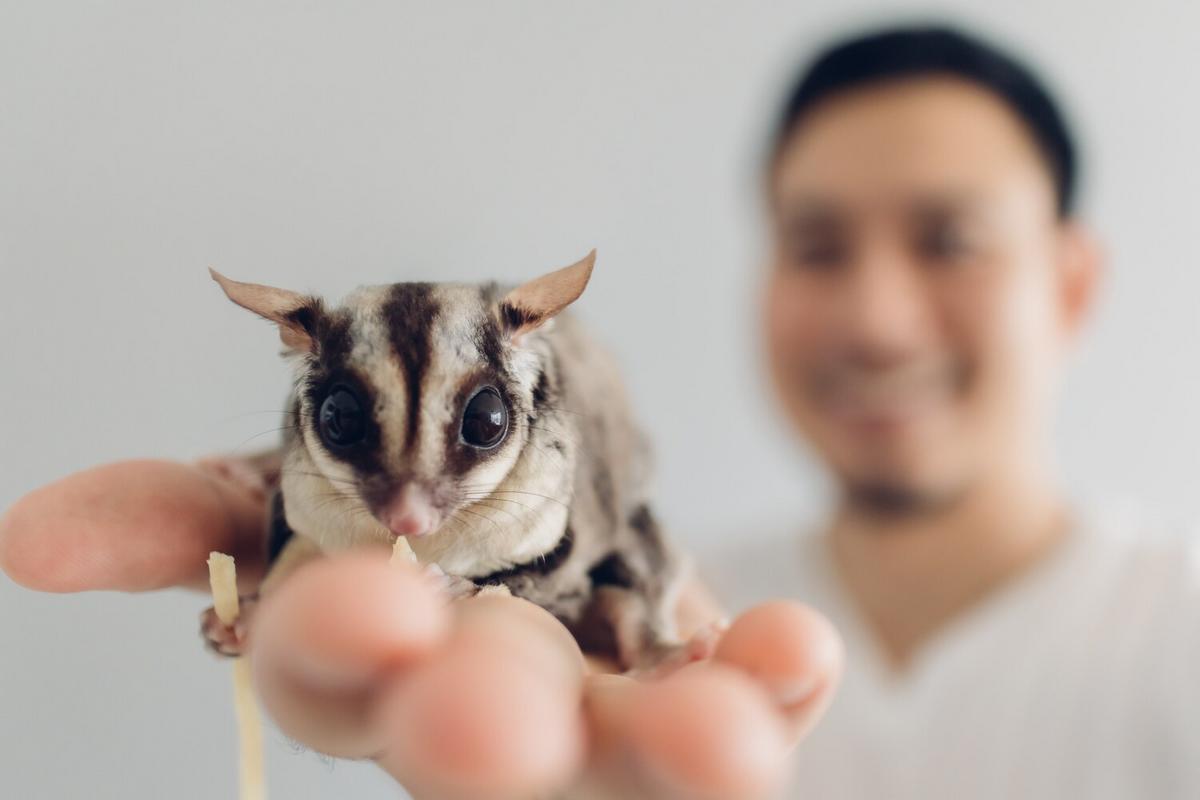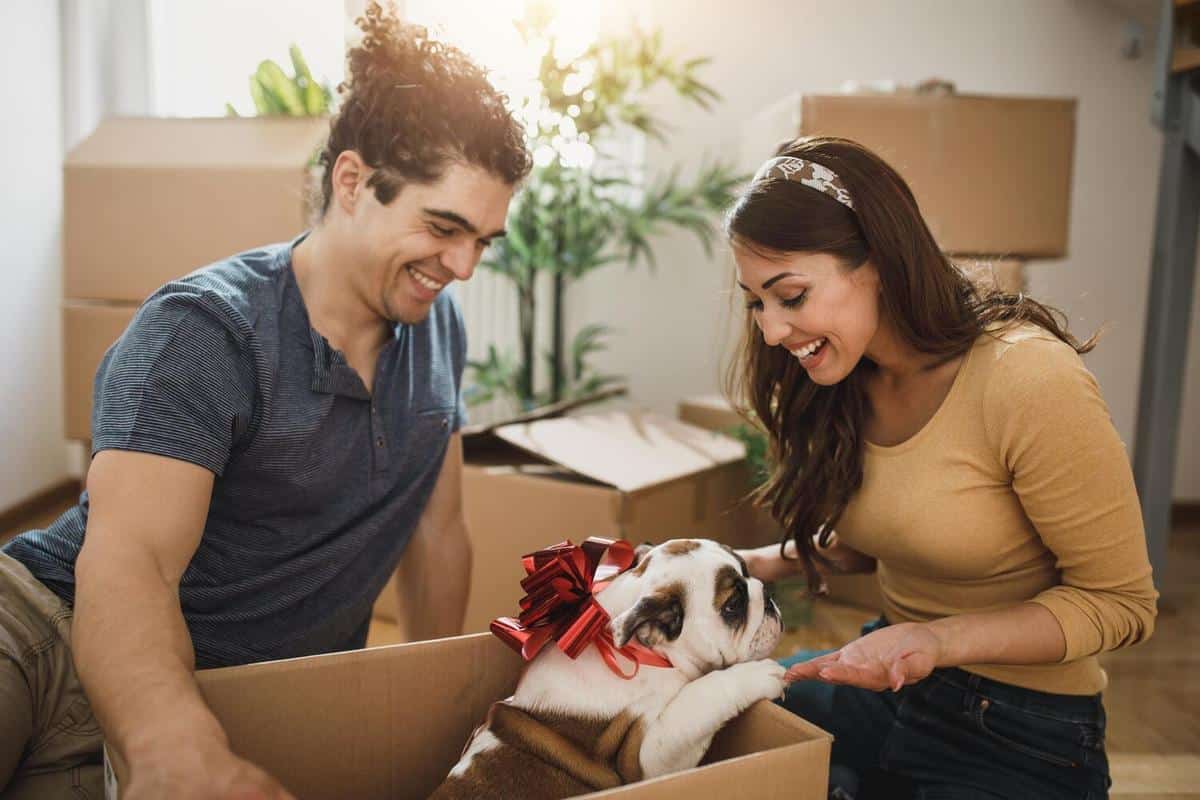
Exotic Pet Safety: Keeping Both Your Pet and Household Secure
Caring for exotic pets can be an exciting and rewarding experience, but it also comes with unique responsibilities. Ensuring the safety of both your pet and your household requires careful planning and understanding of the specific needs these remarkable creatures have.
When it comes to exotic pet safety, there are several factors to consider, including habitat, diet, and interaction. Each of these plays a crucial role in maintaining a secure environment for both the pet and their human companions.
Understanding Your Pet’s Needs
Every exotic pet, from reptiles to birds, has distinct requirements. Dr. Emily Wilson, a renowned exotic animal veterinarian, stresses the importance of research. “Understanding your pet’s natural habitat and behavior is key to providing appropriate care,” she says.
Creating a Safe Habitat
A well-designed habitat is essential. Consider the following elements:
- Temperature and Humidity: Many exotic pets, like reptiles, require specific temperature and humidity levels to thrive.
- Secure Enclosures: Ensure that cages or tanks are escape-proof and made with materials safe for your pet.
- Enrichment: Provide toys and activities that mimic their natural environment to prevent boredom.
Dietary Considerations
Diet plays a significant role in the health of exotic pets. According to a study by the Exotic Pet Institute, 60% of health issues can be traced back to improper nutrition. It’s vital to consult a specialist to create a balanced diet plan.
Interaction and Handling
While handling exotic pets, it’s crucial to be gentle and knowledgeable. Overhandling can lead to stress, which in turn can affect their health. “Respect their space,” advises Dr. Wilson.
| Pet Type | Habitat Needs | Diet | Handling Tips |
|---|---|---|---|
| Reptiles | Temperature control, UV light | Live insects, leafy greens | Minimal, gentle |
| Birds | Spacious cage, perches | Seeds, fruits, pellets | Regular, gentle |
| Amphibians | Wet environment, hiding spots | Insects, worms | Rare, careful |
| Rodents | Ventilated cage, wheels | Pellets, fresh vegetables | Frequent, gentle |
| Fish | Aquarium with filter | Flakes, live food | Not applicable |
| Invertebrates | Secure lid, substrate | Insects, plant matter | Minimal, careful |
| Large Mammals | Fenced yard, shelter | Specialized diet | Trained, supervised |
| Small Mammals | Spacious, clean cage | Pellets, hay | Regular, gentle |
Ensuring Household Safety
It’s equally important to ensure that your household remains safe from any potential risks associated with keeping exotic pets.
Preventing Escapes
Make sure all enclosures are secure and that pets cannot escape. This not only protects the pet but also prevents any accidental encounters with other pets or family members.
Health Precautions
Exotic pets can carry diseases that are transmissible to humans. Regular veterinary check-ups and proper hygiene can mitigate these risks.
Regularly clean and disinfect your pet’s habitat to prevent the spread of germs and maintain a healthy living environment.
Frequently Asked Questions
How often should I clean my exotic pet’s habitat?
It’s recommended to perform spot cleaning daily and a thorough cleaning weekly to maintain a healthy environment.
Can exotic pets live with other pets?
It depends on the species. Some exotic pets may coexist with others, but it’s essential to research and consult with a veterinarian or pet expert.
What should I do if my exotic pet escapes?
Calmly search the immediate area, check small spaces, and use food or familiar sounds to lure the pet back.
Conclusion
Keeping exotic pets safe requires a commitment to understanding their unique needs and ensuring a secure environment. By creating a suitable habitat, providing proper nutrition, and taking safety precautions, you can ensure a harmonious and healthy relationship with your exotic pet. For more information on caring for exotic pets, consider reaching out to local exotic pet clubs or online communities where you can connect with other enthusiasts.


